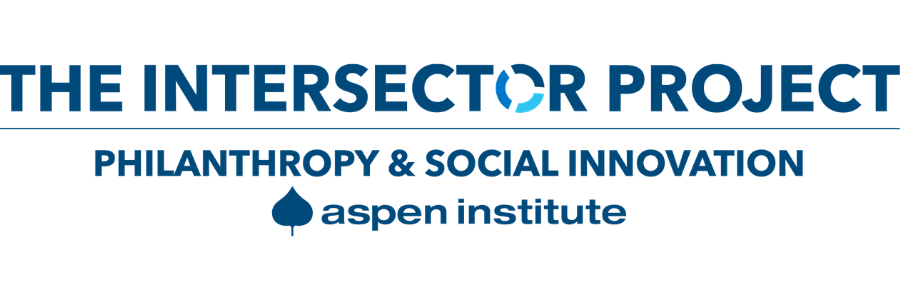How the Public Sector Can Drive Successful Public-Private Partnerships
“Drawing on extensive work over the past decade, BCG has identified a series of best practices to help leaders successfully design and implement such partnerships,” write the authors of this contribution to bcg.perspectives. “In addition to embracing these best practices, public-sector leaders must also address




